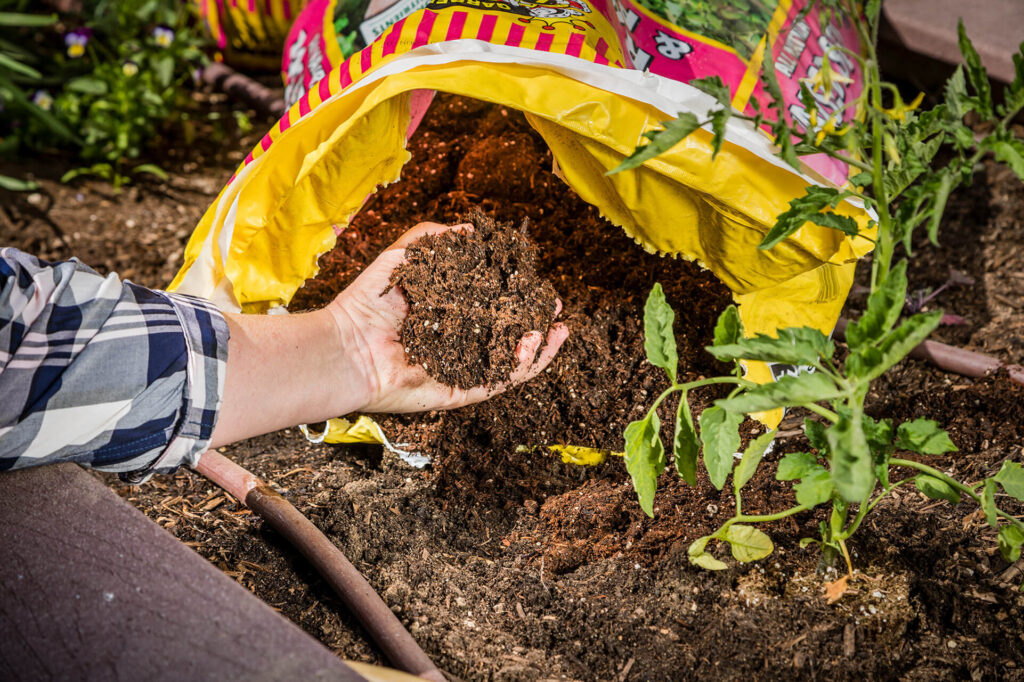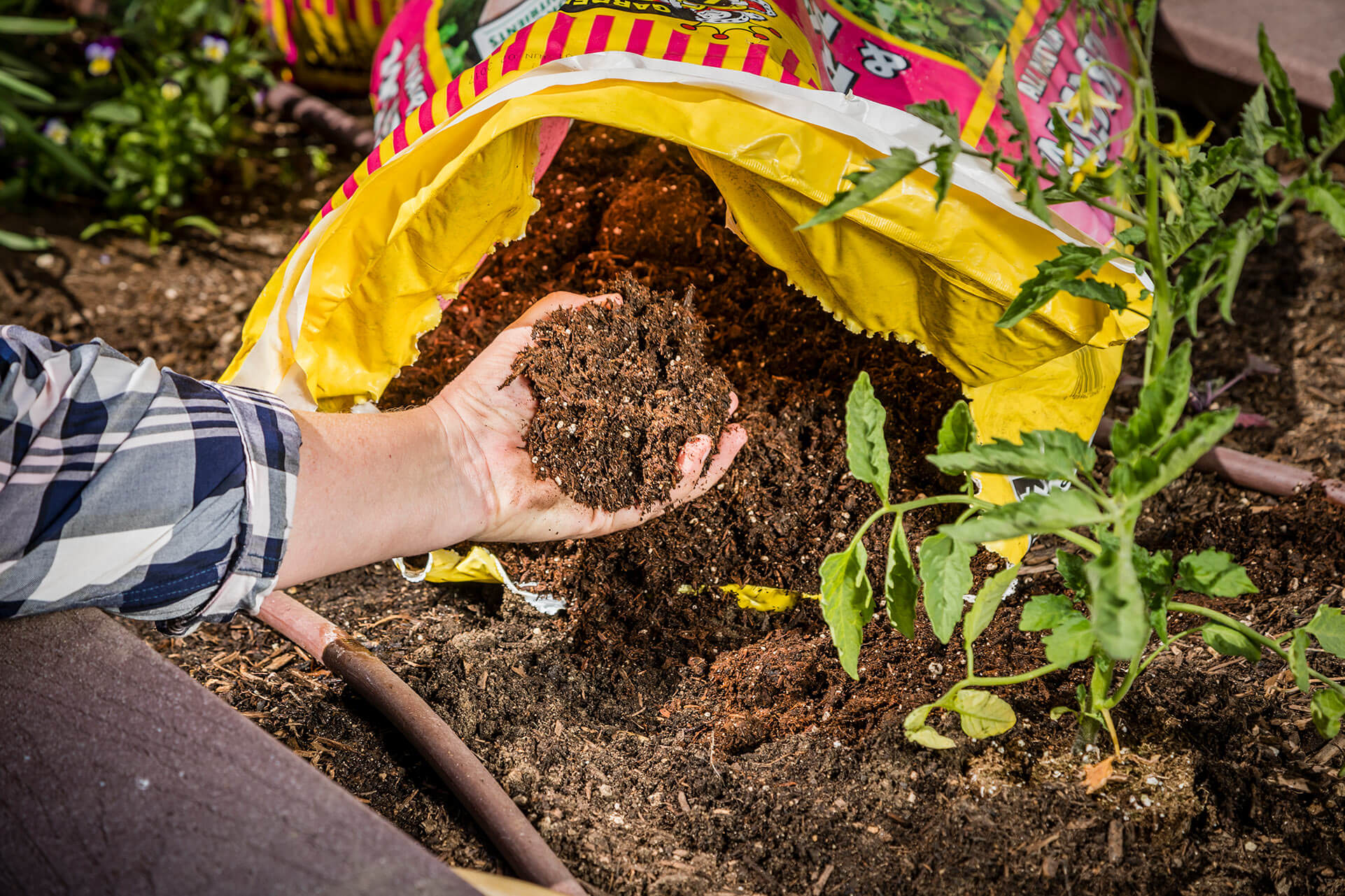
The Ultimate Guide to Organic Raised Bed Gardening Soil
Embarking on the journey of raised bed gardening offers numerous benefits, from improved soil drainage to easier accessibility. However, the key to a thriving organic raised bed garden lies in the quality of its soil. Understanding the nuances of organic raised bed gardening soil is crucial for cultivating healthy plants and bountiful harvests. This guide provides a comprehensive overview of everything you need to know about creating and maintaining the perfect organic raised bed gardening soil.
Why Choose Organic Soil for Raised Beds?
Organic raised bed gardening soil offers a multitude of advantages over conventional soil mixes. Primarily, it avoids the use of synthetic fertilizers, pesticides, and herbicides, promoting a healthier ecosystem within your garden. This translates to safer, more nutritious produce for you and your family. Furthermore, organic soil enhances soil structure, water retention, and nutrient availability, leading to stronger, more resilient plants. By choosing organic, you’re investing in the long-term health of your garden and the environment.
Understanding the Components of Organic Raised Bed Gardening Soil
Creating the ideal organic raised bed gardening soil involves a careful balance of several key components. These include:
- Topsoil: Provides the foundation and mineral content.
- Compost: Enriches the soil with organic matter, improves drainage, and adds beneficial microbes.
- Peat Moss or Coco Coir: Improves water retention and aeration.
- Perlite or Vermiculite: Enhances drainage and aeration.
- Organic Amendments: Such as bone meal, blood meal, and kelp meal, to provide essential nutrients.
The specific proportions of these components will vary depending on the plants you intend to grow. However, a general rule of thumb is to aim for a mix that is roughly one-third topsoil, one-third compost, and one-third peat moss or coco coir, with added perlite or vermiculite as needed.
Creating Your Own Organic Raised Bed Gardening Soil
While pre-mixed organic raised bed gardening soil is readily available, creating your own allows for greater control over the ingredients and ensures the quality of your soil. Here’s a step-by-step guide:
- Gather Your Materials: Source high-quality topsoil, compost, peat moss or coco coir, perlite or vermiculite, and any desired organic amendments.
- Mix the Ingredients: Combine the materials in a large container or directly in your raised bed. Ensure thorough mixing to create a homogenous blend.
- Moisten the Soil: Water the soil lightly to help the components bind together. Avoid overwatering, as this can lead to compaction.
- Test the Soil: Use a soil testing kit to assess the pH and nutrient levels. Adjust as needed with appropriate organic amendments.
- Let it Rest: Allow the soil to sit for a few days to allow the organic matter to decompose and the beneficial microbes to flourish.
Choosing the Right Soil Mix for Different Plants
Different plants have different soil requirements. Understanding these needs is essential for creating the optimal organic raised bed gardening soil for your specific crops. For example:
- Vegetables: Generally thrive in a well-drained, nutrient-rich soil with a slightly acidic pH (6.0-7.0).
- Herbs: Often prefer a lighter, well-drained soil with a slightly alkaline pH (6.5-7.5).
- Flowers: Soil requirements vary depending on the species. Research the specific needs of your chosen flowers before planting.
Consider adding specific amendments to your organic raised bed gardening soil to cater to the needs of your plants. For example, tomatoes benefit from the addition of bone meal, which provides phosphorus for strong root development. Blueberries require acidic soil, which can be achieved by adding peat moss or sulfur.
Maintaining Your Organic Raised Bed Gardening Soil
Maintaining the health of your organic raised bed gardening soil is an ongoing process. Regular maintenance will ensure that your plants continue to thrive. Here are some key practices:
- Regularly Add Compost: Compost is the lifeblood of organic soil. Add a layer of compost to your raised bed each spring and fall to replenish nutrients and improve soil structure.
- Mulch: Apply a layer of organic mulch, such as straw or wood chips, to help retain moisture, suppress weeds, and regulate soil temperature.
- Rotate Crops: Crop rotation helps prevent nutrient depletion and the buildup of soilborne diseases.
- Test the Soil Regularly: Monitor the pH and nutrient levels of your soil and adjust as needed.
- Avoid Compaction: Avoid walking on your raised bed to prevent soil compaction. Use a garden fork to aerate the soil if necessary.
Troubleshooting Common Soil Problems in Raised Beds
Even with the best care, you may encounter some common soil problems in your organic raised bed gardening soil. Here are some tips for troubleshooting:
- Poor Drainage: If your soil is poorly drained, add more perlite or vermiculite to improve aeration.
- Nutrient Deficiencies: Identify nutrient deficiencies based on plant symptoms and amend the soil with appropriate organic fertilizers.
- Soilborne Diseases: Prevent soilborne diseases by rotating crops and using disease-resistant varieties.
- Pests: Control pests with organic pest control methods, such as beneficial insects and neem oil.
The Benefits of Using Worm Castings
Worm castings are a fantastic addition to any organic raised bed gardening soil. They are essentially worm manure, and are incredibly rich in nutrients and beneficial microbes. Adding worm castings can improve soil structure, water retention, and nutrient availability, leading to healthier, more productive plants. They are a completely natural and sustainable way to boost the fertility of your soil.
Cover Cropping for Soil Health
Another great way to improve the health of your organic raised bed gardening soil is through cover cropping. Cover crops are plants that are grown specifically to improve soil health. They can help to prevent erosion, suppress weeds, fix nitrogen in the soil, and add organic matter. Common cover crops include clover, rye, and buckwheat. After the cover crop has grown for a few weeks or months, it can be cut down and incorporated into the soil as a green manure.
Sourcing Organic Materials Responsibly
When creating your organic raised bed gardening soil, it’s important to source your materials responsibly. Look for suppliers who are committed to sustainable practices and who offer certified organic products. This will help to ensure that your soil is free from harmful chemicals and that you are supporting environmentally friendly businesses. Consider local options to reduce transportation costs and support your community. [See also: Composting at Home]
The Long-Term Investment in Organic Soil
Investing in high-quality organic raised bed gardening soil is a long-term investment in the health and productivity of your garden. While it may require some initial effort and expense, the benefits of organic soil are well worth it. You’ll enjoy healthier, more flavorful produce, a thriving garden ecosystem, and the satisfaction of knowing that you’re doing your part to protect the environment. By understanding the principles of organic soil management, you can create a sustainable and bountiful garden that will provide you with fresh, nutritious food for years to come. The foundation of a successful garden starts with the organic raised bed gardening soil you choose. [See also: Building a Raised Garden Bed]
Conclusion
Creating and maintaining healthy organic raised bed gardening soil is essential for a thriving garden. By understanding the components of organic soil, choosing the right mix for your plants, and implementing regular maintenance practices, you can create a sustainable and productive garden that will provide you with fresh, nutritious food for years to come. Take the time to invest in your soil, and you’ll be rewarded with a bountiful harvest and a healthier planet. Remember, the key to a successful organic garden lies beneath the surface, in the rich, fertile soil that nourishes your plants. So get your hands dirty and start building the perfect organic raised bed gardening soil today! [See also: Companion Planting Guide]

